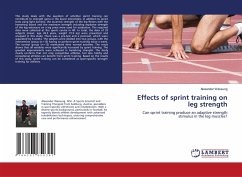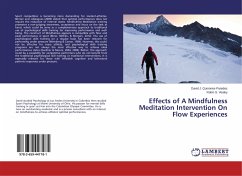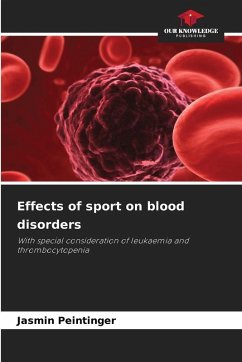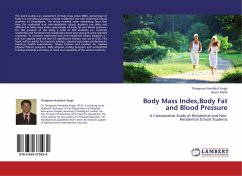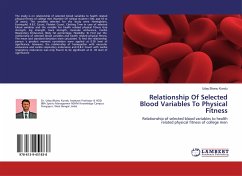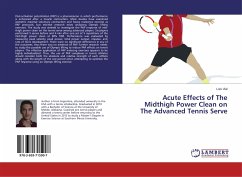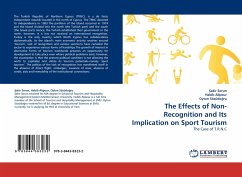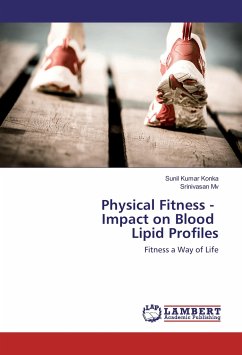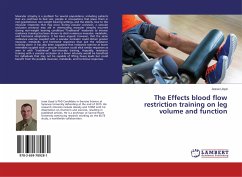
The Effects blood flow restriction training on leg volume and function
Versandkostenfrei!
Versandfertig in 6-10 Tagen
24,99 €
inkl. MwSt.

PAYBACK Punkte
12 °P sammeln!
Muscular atrophy is a problem for several populations, including patients that are confined to bed rest, people in occupations that place them in non-gravitational, non-weight bearing settings, and the elderly. Due to the muscular responses that may occur during vascular occlusion, a vascular occlusion protocol may aid in attenuating muscular atrophy incurred during non-weight bearing conditions "Traditional" moderate to intense resistance training has been shown to elicit numerous muscular, metabolic, and hormonal adaptations. It has been argued, however, that the same resistance exercise cou...
Muscular atrophy is a problem for several populations, including patients that are confined to bed rest, people in occupations that place them in non-gravitational, non-weight bearing settings, and the elderly. Due to the muscular responses that may occur during vascular occlusion, a vascular occlusion protocol may aid in attenuating muscular atrophy incurred during non-weight bearing conditions "Traditional" moderate to intense resistance training has been shown to elicit numerous muscular, metabolic, and hormonal adaptations. It has been argued, however, that the same resistance exercise coupled with a vascular occlusion could obtain greater muscular, metabolic, and hormonal responses than just the resistance training alone. It has also been suggested that resistance exercise at lower intensities coupled with a vascular occlusion could elicit similar responses as seen in with "traditional" low-intensity training. Arguably, resistance training with a vascular occlusion at a lower intensity would be beneficial for individuals that may not be capable of lifting heavy loads but could benefit from the possible muscular, metabolic, and hormonal responses.





